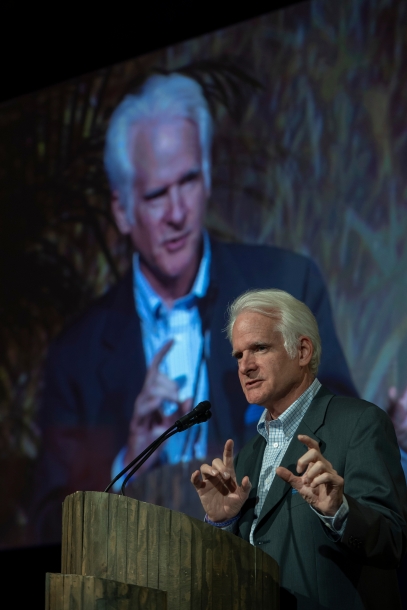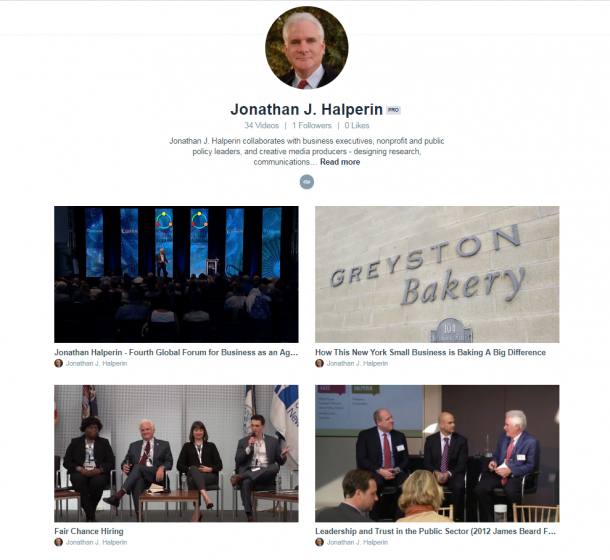You are here
Calling for Integrated Solutions
As part of the global marketing of Hope in a Changing Climate, the award-winning film Halperin executive produced with a team from the Environmental Education Media Project, Halperin authored a series of blog posts from December 2009 to June 2010. The following dispatch is part of this series.
To learn more about the film and ecosystem restoration, see the Hope in a Changing Climate project.
We screened “Hope in a Changing Climate” yesterday during an event dedicated to agriculture and rural development and then participated in a distinct event entitled “Forest Day 3.” During various sessions at “Agriculture Day, much was made of the fact that forests are ahead both in terms of scientific understanding and their full inclusion in the COP 15 negotiations.
I was thinking about these two events — agriculture and forests — separated by time, place, sponsors and speakers when Hilary Benn, Britain’s environment minister, today introduced a very useful metaphor. Looking out across the array of negotiating teams, from fast-sinking Tuvalu to China, he noted that like the fingers of a hand, each is of course independent, but real value comes from working together — as a hand.
So too, agriculture and forestry are distinct appendages within a common physical landscape — and often competing for the very same real estate. And while specialization may be necessary, it also leads us down the rabbit hole where expertise becomes divorced from the reality it is trying to explain. What we so often lack is an ecosystem perspective that enables us to look first at the linkages, to understand them, and then dig deeper as needed.
How reassuring then to hear presentations from Benn, Sir Nicholas Stern and Nobel Laureate Wangari Maathai, emphasizing the need for integrated solutions. And these solutions will take money, leadership and much improved techniques to monitor the carbon content of soils and roots under changing conditions. How interesting that through carbon dating we can identify glacial movements of long-gone ice ages — but that we still struggle to verify the net carbon sequestered (or released) in a given field in Ethiopia or hillside in Rwanda. Google’s Open Data Kit (ODK) and Fusion Tables may eventually help us ‘see’ such comparisons, but field-level monitoring techniques need also to be rapidly advanced.
As most of the protestors are released, and the talks continue at the Bella Center, I am reminded of the plans of a young participant in one of our screenings. She intends to spend a year traveling the Silk Road, specifically documenting the condition of nature reserves that abut political borders. While the climate controlled Bella Center is where the political leaders will be meeting all week, the impact of their words will be felt around the world. We all dwell within ecosystems that know nothing about politics and borders. But as the fish and birds, the wind and water, the plants and trees seem not very likely to be much educable about nation-states, let us hope that our understanding of nature’s ways will continue to grow and expand — and quickly.
-- Jonathan J. Halperin

